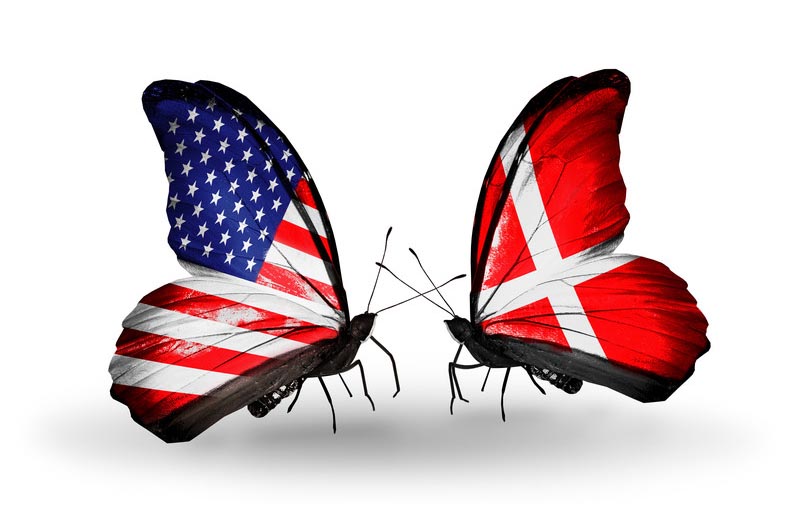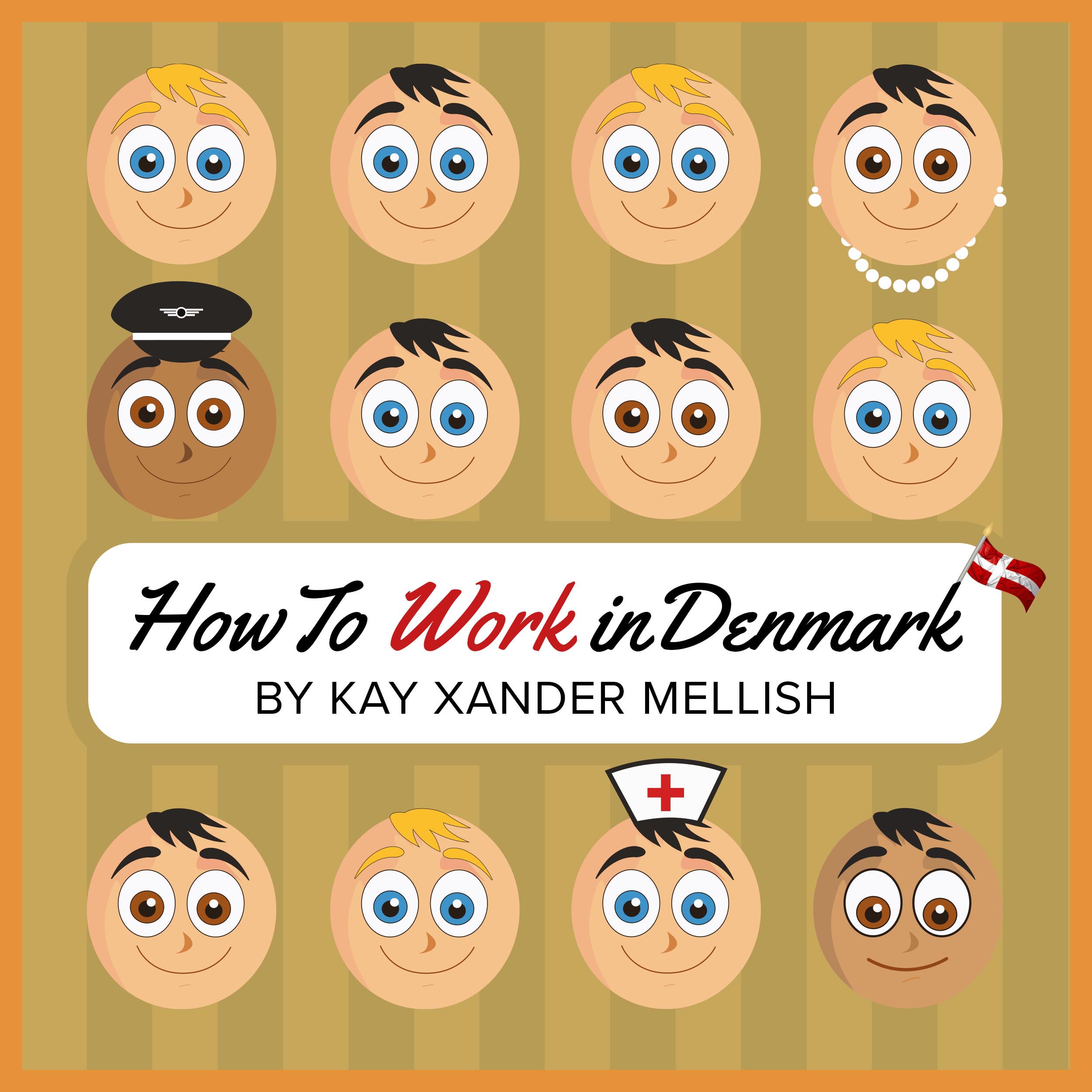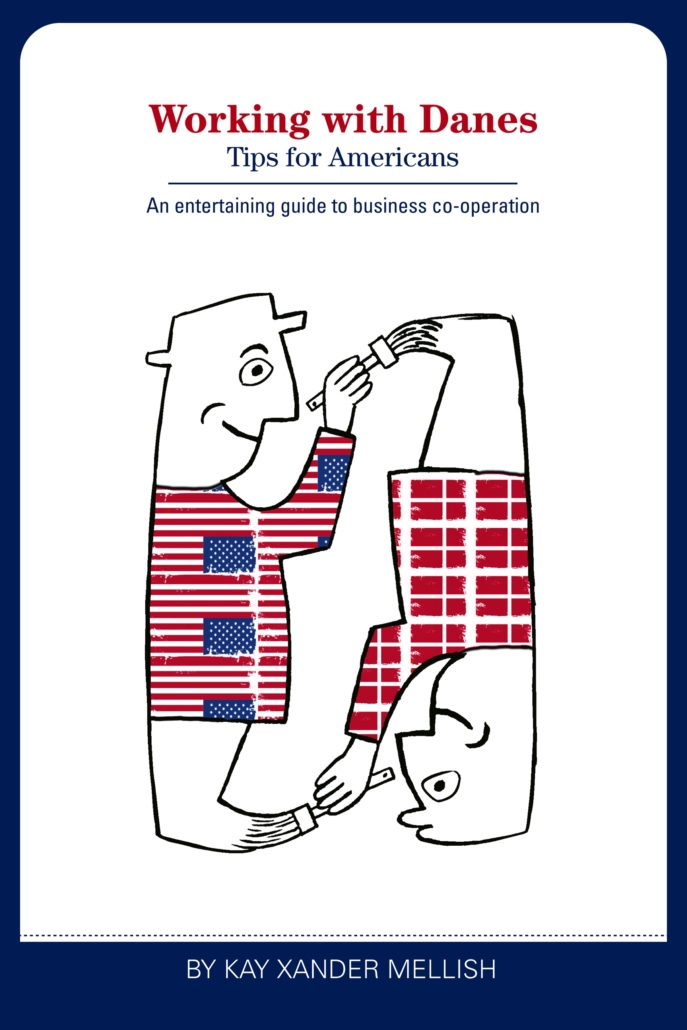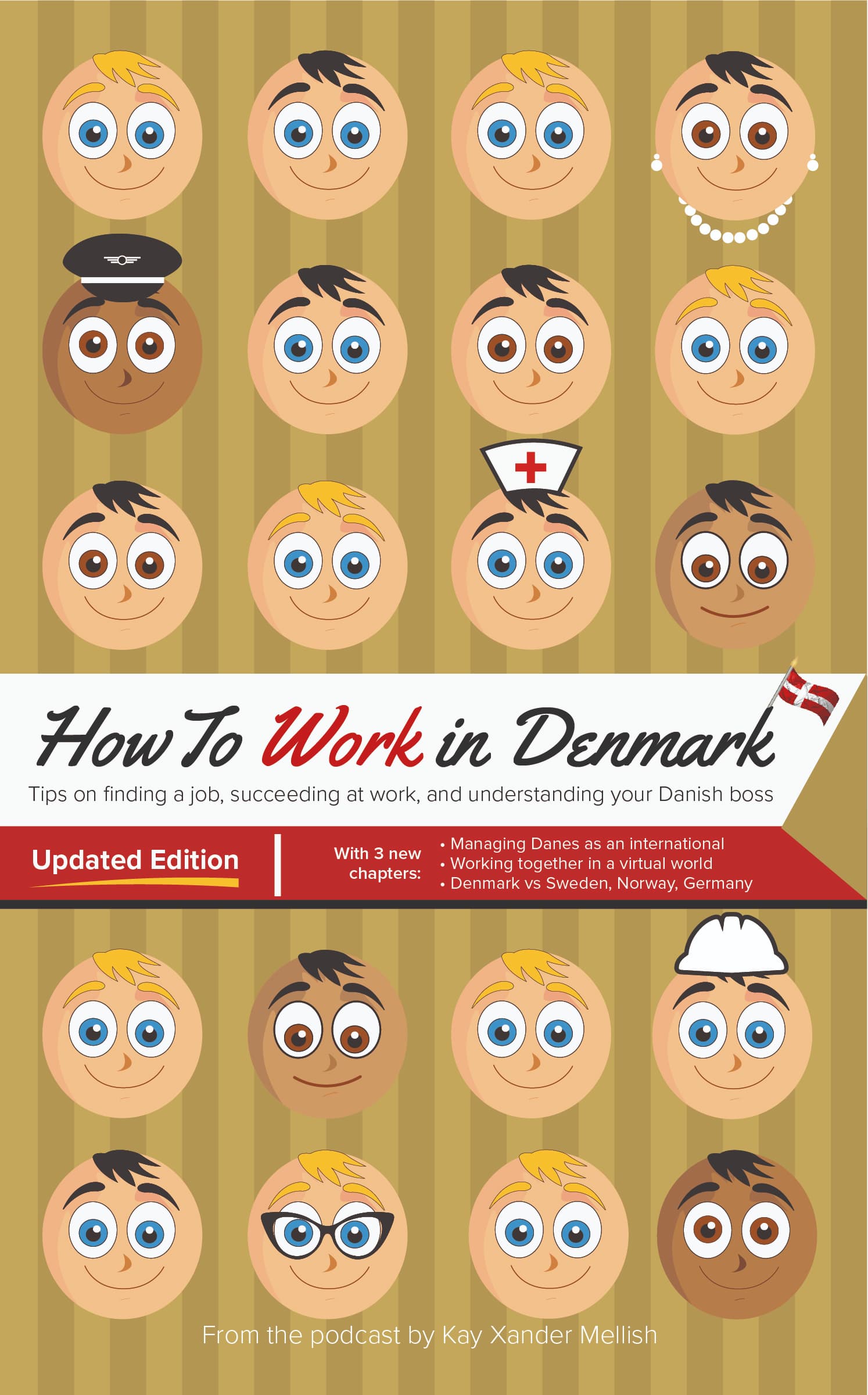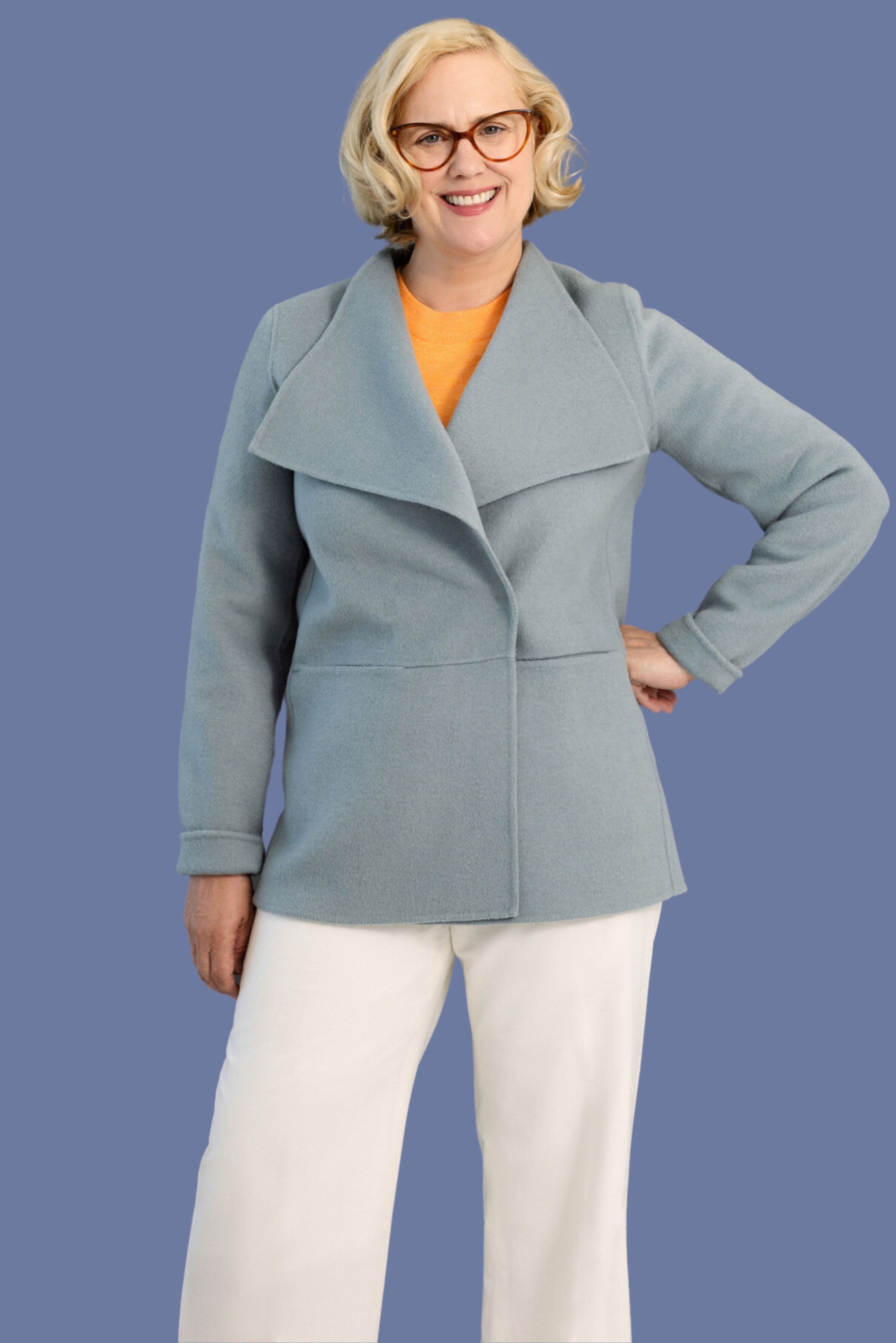Cultural differences between the US and Denmark
Here are 5 contrasts
While there are plenty of cultural differences between the US and Denmark, the two cultures do have a lot in common.
After all, about 15% of the Danish population emigrated to the US between 1870 and 1920, mostly to states with climates that resemble Denmark – Wisconsin, Minnesota, Iowa, Oregon, and Washington State.
Both countries have an economic system based on free market capitalism, both have a strong attachment to their constitutions and the idea of freedom of speech and religion, and both have a reputation for business and technological innovation.
The cultural differences between the US and Denmark have more to do with the countries’ differing histories, differing climates, and different population mixes.
Trust as an aspect of a low-crime society
It’s frequently stated that trust is one of the major cultural differences between the US in Denmark. As a low-crime, low-violence society, Denmark has fewer cops, fewer prisons, and less surveillance than many parts of the US.
While there are a few homegrown criminal gangs, Denmark generally has a much smaller criminal underclass than the US. The most common crimes in Denmark are burglary – unfortunately, Denmark is the European leader in burglaries reported – and bicycle theft.
In general, however, Danes tend to trust each other, and many visitors are impressed by the way very young children take public transport on their own and Danes leave baby strollers outside of cafés – sometimes with the baby inside!
High taxes and the social welfare state
As Kay Xander Mellish says in her book Working with Danes: Tips for Americans, Danes willingly pay very high taxes in order to support the Danish social welfare state.
“Danes love their cradle-to-grave welfare state. In two decades of living here, I’ve never met a single person who wanted it dismantled, ” writes Mellish, a dual citizen of the US and Denmark.
“But it is a commitment, a national commitment. Everyone with the ability to work must work, and must pay substantial taxes, in order to finance the services shared by all.
“At the same time, everyone accepts that there will be limits on services so there is enough to go around.”
Mellish points out that, for example, annual physicals are unknown in the Danish health system, and that mammograms are given only once every two years starting at age 50, as opposed to every year starting at 40 many places in the US.
She also notes that stay-at-home parents are uncommon in Denmark.
“The tax system makes it very difficult to survive on one income, even a hefty one,” she writes.
“For families with young children, the ‘Danish way’ is for both parents to work full time and put the kids in government-run day care right after their first birthday.”
Even the children of the Danish Royal Family – such as teenage Prince Christian, the future King Christian XI – took their turns in government-run day care, Mellish points out.
Competition vs co-operation: One of the cultural differences between the US and Denmark
American culture encourages and supports competition: children are encouraged to excel and be the best both in the classroom and on the athletic field. Getting into the best universities and post-university jobs is important. And adults compete constantly in business and politics – sometimes ethically, sometimes not.
Denmark is a much less competitive society. The emphasis is on co-operation, teamwork and solidarity. Children receive few or no grades at school until they are 12 or 13, and class rankings are rare. Bright students are encouraged to help their struggling classmates, and advanced or gifted classes are rare.
Meanwhile, adults are less competitive at work, and job titles are not particularly meaningful to the Danes. Some people enjoy this co-operative approach, but others complain about the legendary “Jante Law,” with pettiness and envy directed towards individuals who are hardworking and successful.
Working hours vs more free time
Danes are lucky to enjoy limited working hours and extensive vacations: salaried employees are guaranteed a minimum of five weeks paid vacation per year. The legal Danish work week is 37.5 hours, and many office workers leave at 3:30 or 4:00pm to pick up their children and make dinner with fresh ingredients.
Americans work much longer hours, and have fewer paid vacations. Each state has different laws, but most states offer no paid vacation at all.
However, as Kay Xander Mellish writes in her book Working with Americans: Tips for Danes, this is much more fun if you are a worker than if you are a customer.
“Your US customers will not be happy to find out that their trusted contact has taken off on what seems to them like an infinite holiday,” she writes. “The idea that some customer need should remain unfulfilled for a week or two because an employee is on vacation is totally foreign to the American marketplace. In the US, the customer comes first.”
In Denmark, by contrast, the employee’s need for free time is seen to be as important or even more important than customer convenience.
Restaurant kitchens generally close at 9pm, even in the big cities, so last orders usually go in around 8:30pm. Many shops are closed on Sundays, and in the countryside they are often closed on Saturday afternoons as well.
Medical offices in the Danish health system and other government authorities usually have a “telephone time” of one or two hours a day when they are willing to take phone calls. And if you need a non-emergency procedure under the Danish health system, you may have to wait a few months until it is your turn.
Diversity: Key among cultural differences between the US and Denmark
Denmark is frequently called a monoculture. Although about 10% of the population is not ethnic Danish – and 20% of newborn babies have at least one non-Danish parent – almost everyone is part of the dominant Danish culture.
One way this is expressed is in humor. Danes tend to have a rather harsh and personal humor with each other, in part because they are all part of a “big family” and families often feel entitled to joke with each other. Americans can easily become offended by Danish humor.
On the other hand, the US is a very diverse society, not just ethnically and economically but also geographically. Denmark has fewer than 6 million people, fewer than the Houston metro area, and Danes don’t always understand how big and chaotic the US can be, or how much one state can differ from another.
Danes also don’t always understand the US enjoyment of being different just to be fun and kooky. “Social fit” is very important in Denmark, and people prefer to be calm, quiet and wear subtle clothing.
Do you have to learn Danish to work in Denmark? Not always: Danes learn English from a very young age. But if you would like to work for the Danish government at any level, a good command of Danish will generally be required.


